| I have always loved film cameras, I am fascinated by light and film and I love the way that film cameras have the ability to capture the contrast within images. It is easier to control just how much light, or how little is captured by using film. I also love the texture of film rather than digital; I love the grain. I have being using medium format for a few years now. It is daunting using one for the first time as you have to handle them completely differently. You need to hold the camera at waist level and the knobs and dials are on the side. After seeing the work of Vivien Maier, who also used a twin lens reflex to capture her images of everyday street life, it made me pick up the camera again to experiment. I had to shoot a few rolls in order to get used to the controls but I haven’t looked back. I love this camera. |
This camera has allowed me to ‘construct’ images as it takes time to make photographs. It has forced me to first look around at the image without the camera and to think carefully about what it is I want to capture. I can then think about how I want the light to appear as it is possible to have more control over your images using film and especially with this camera. It has also helped me to gauge the distance I need to be from the subject either to capture the whole scene or just and interesting section.
This is the only camera which I would take with me to a desert island.

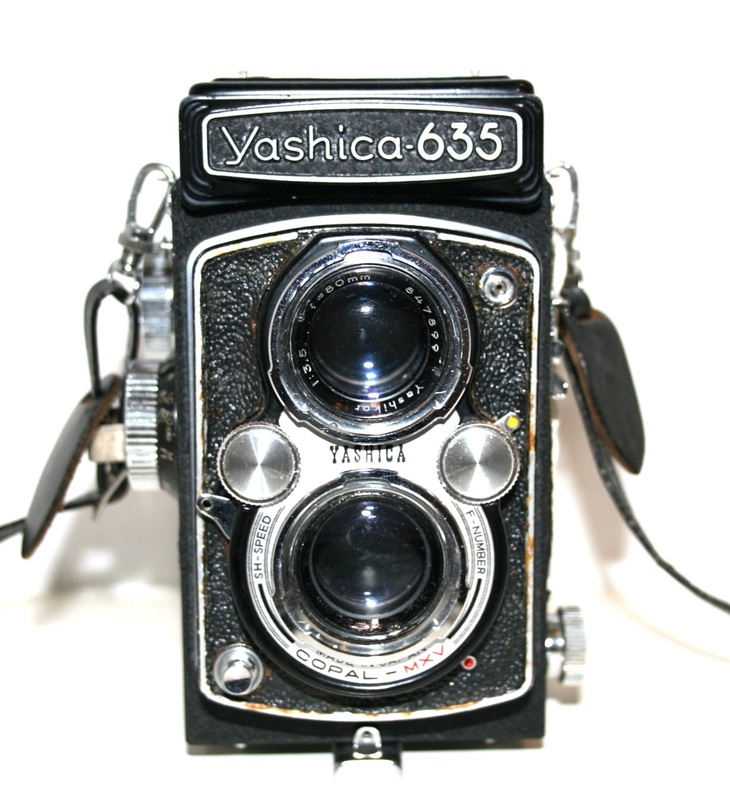
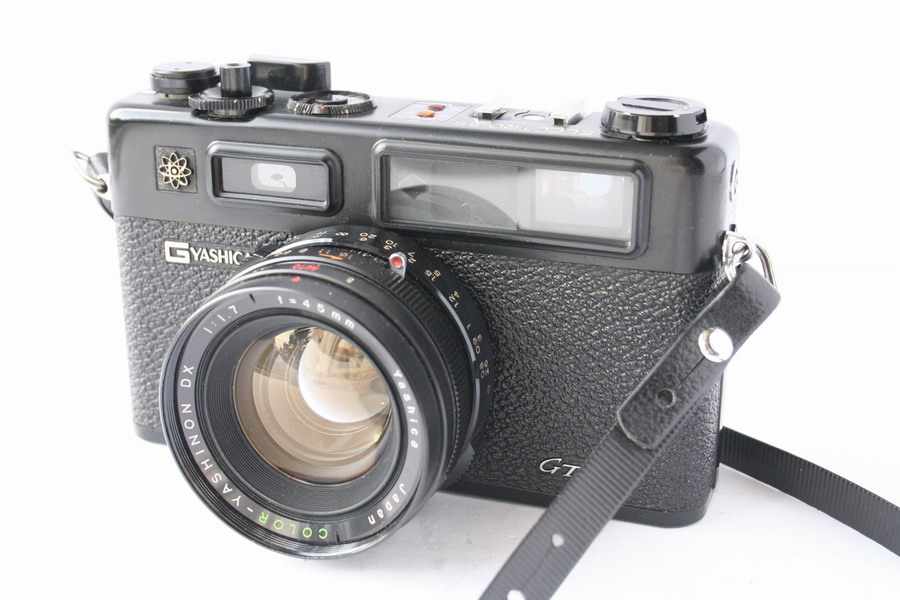
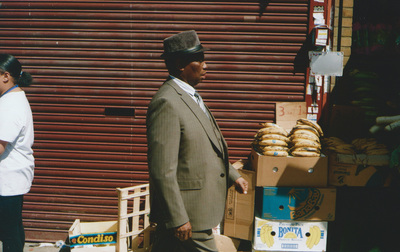
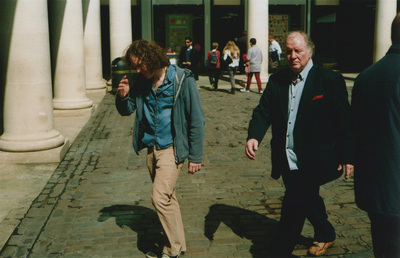
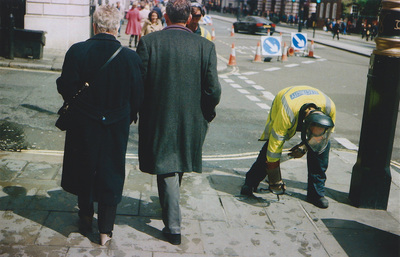
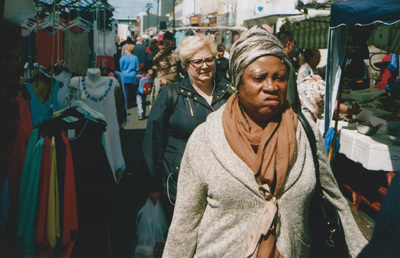
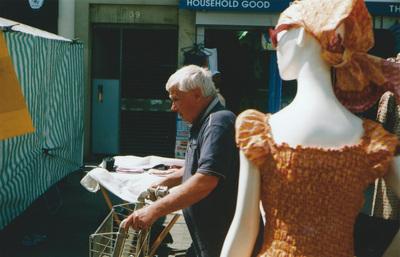
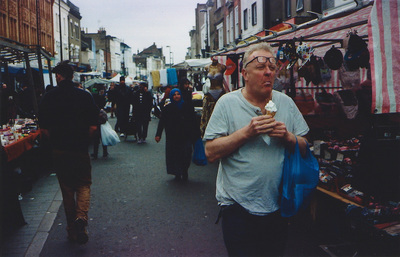
 RSS Feed
RSS Feed